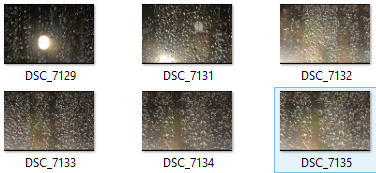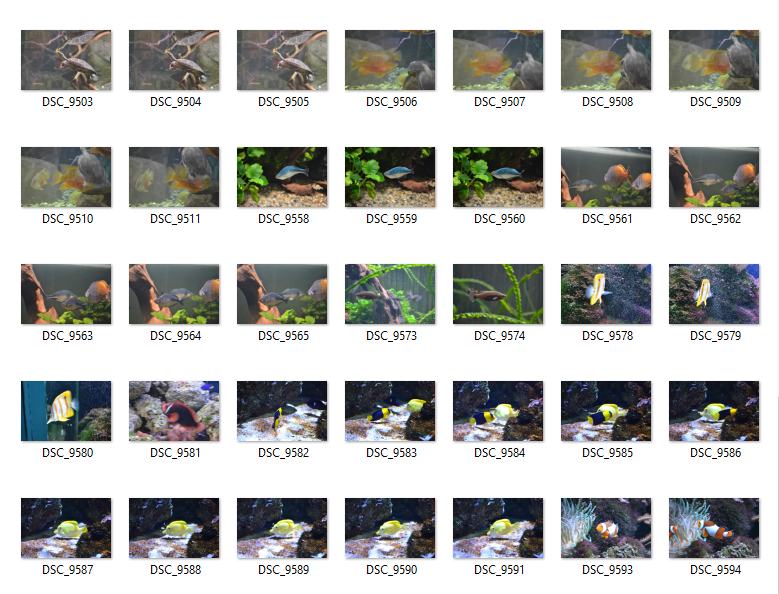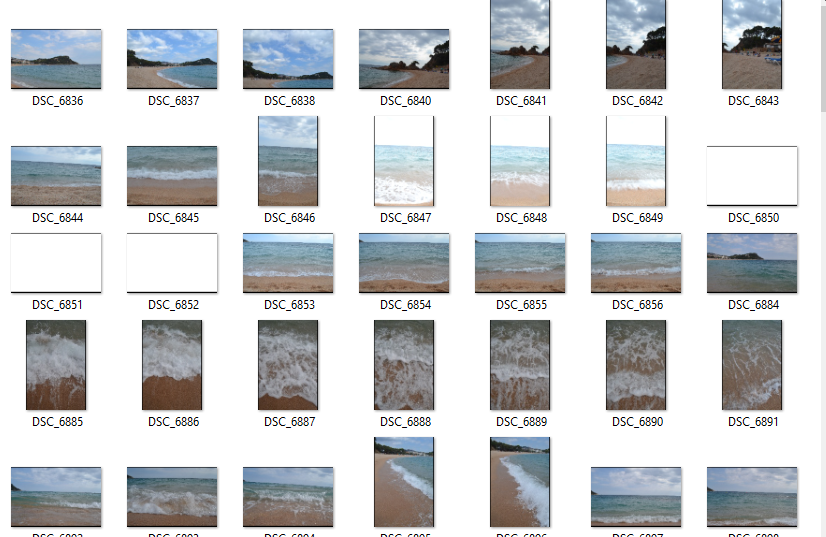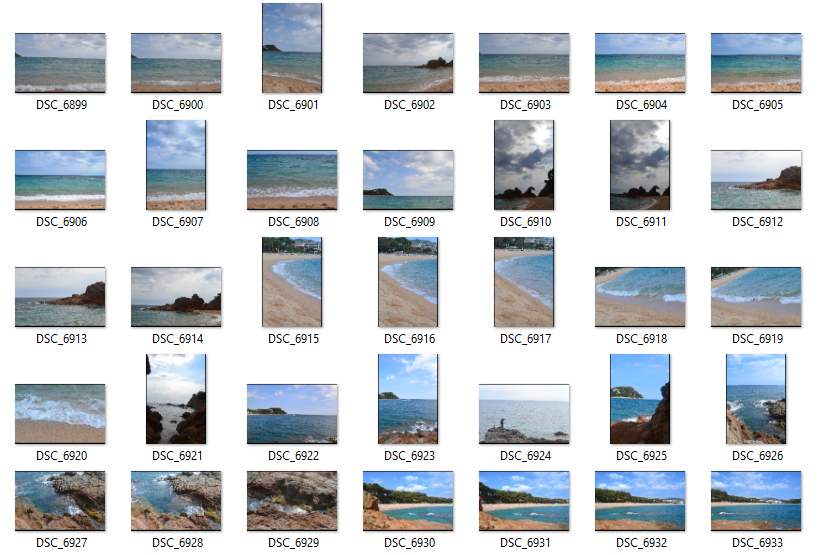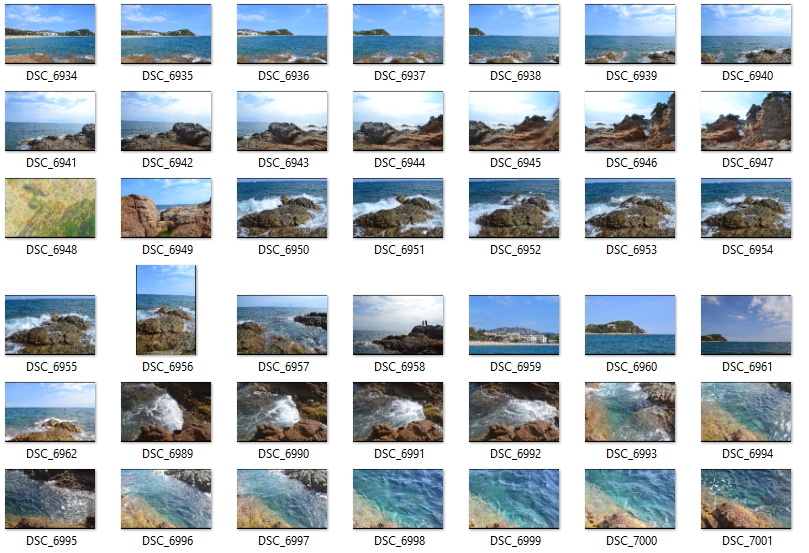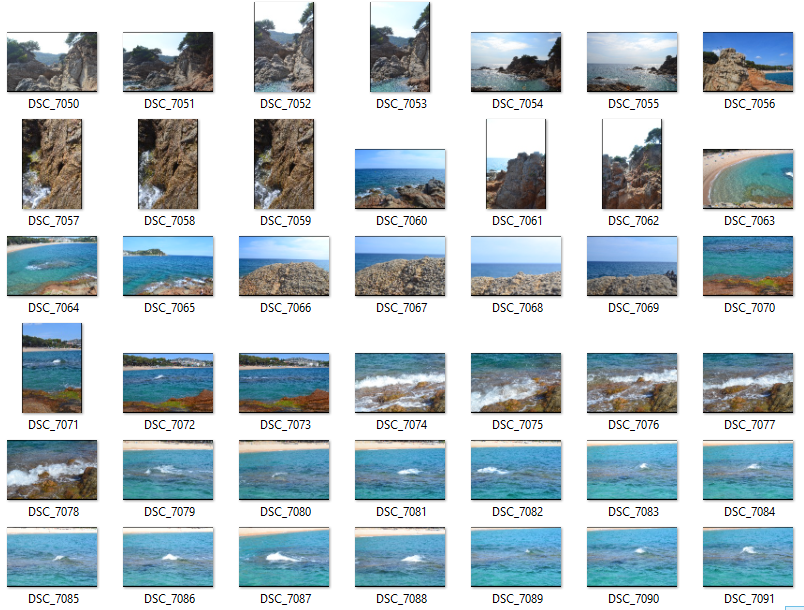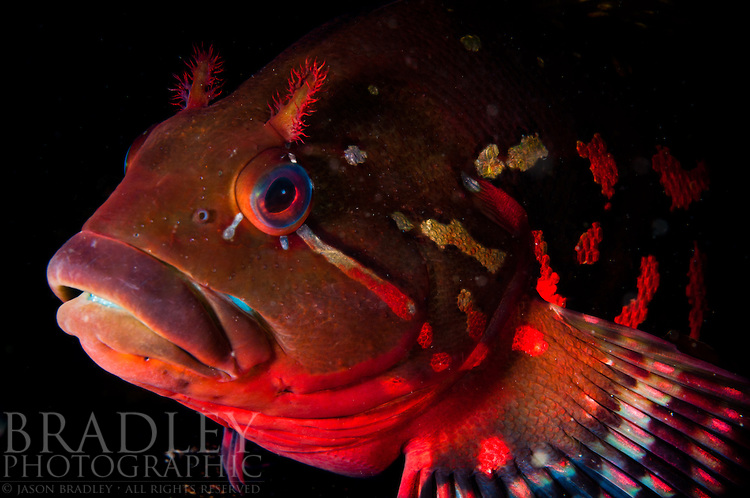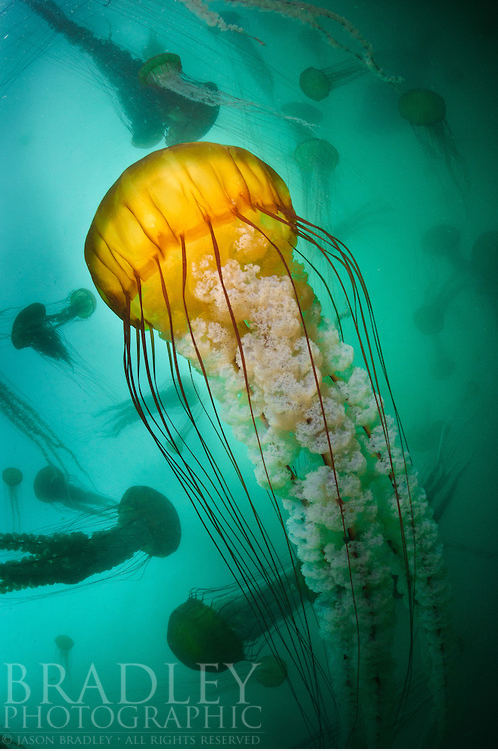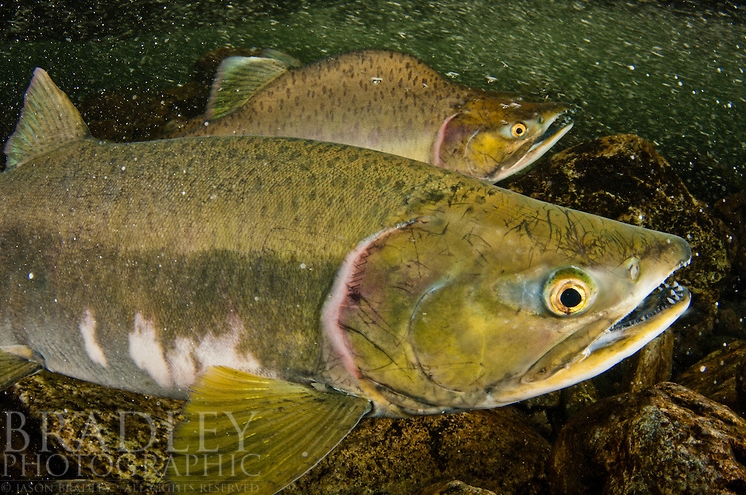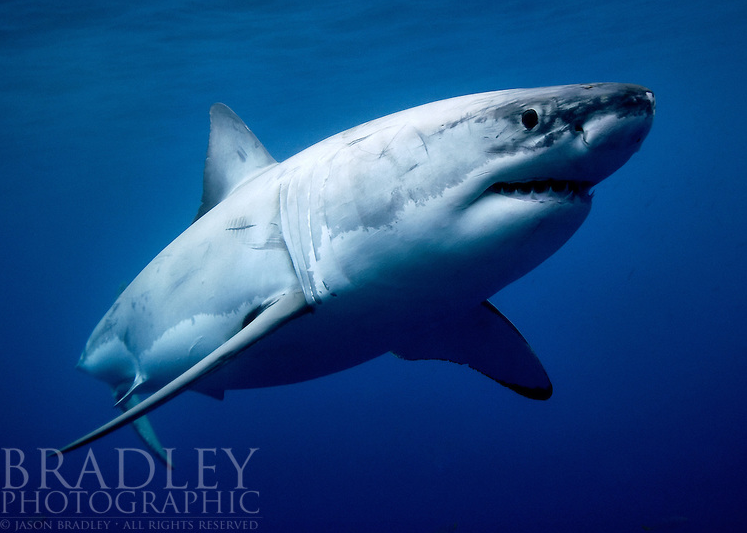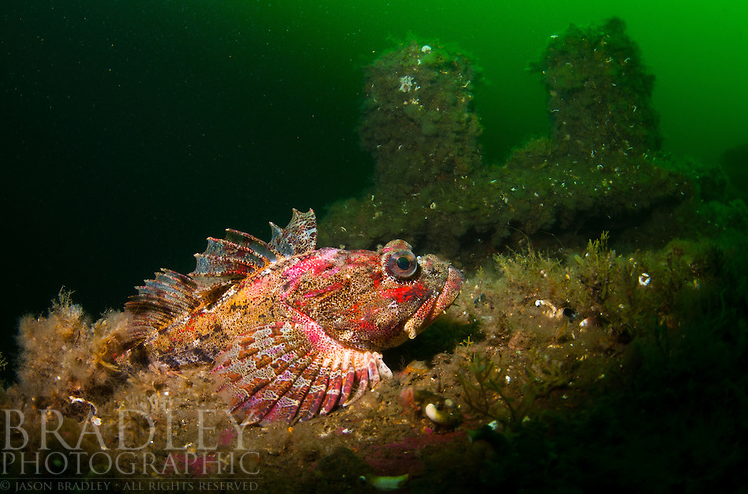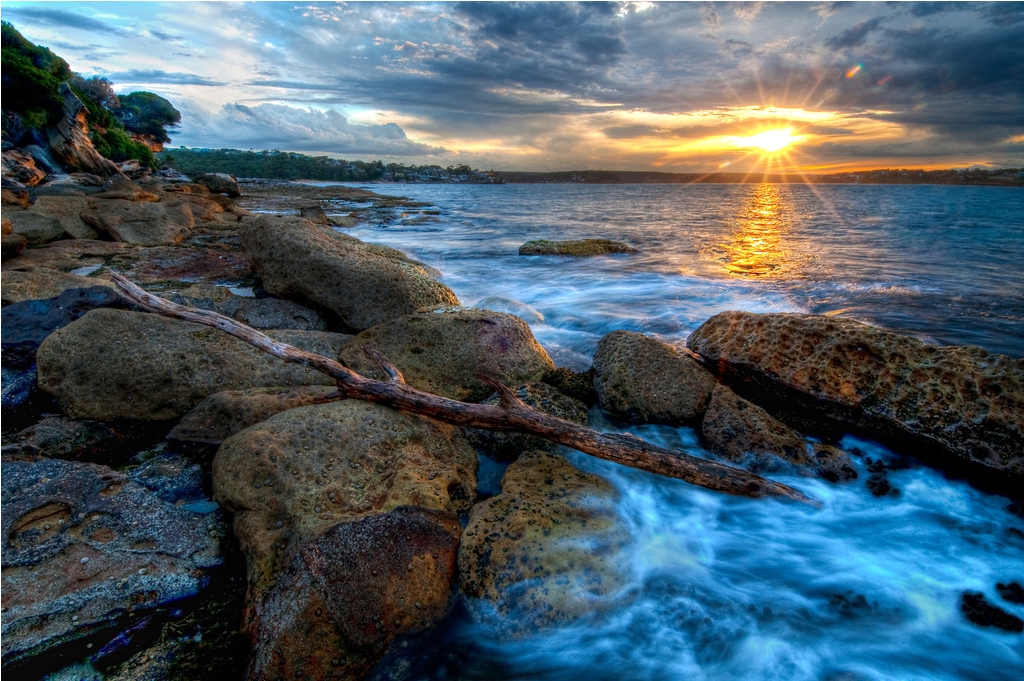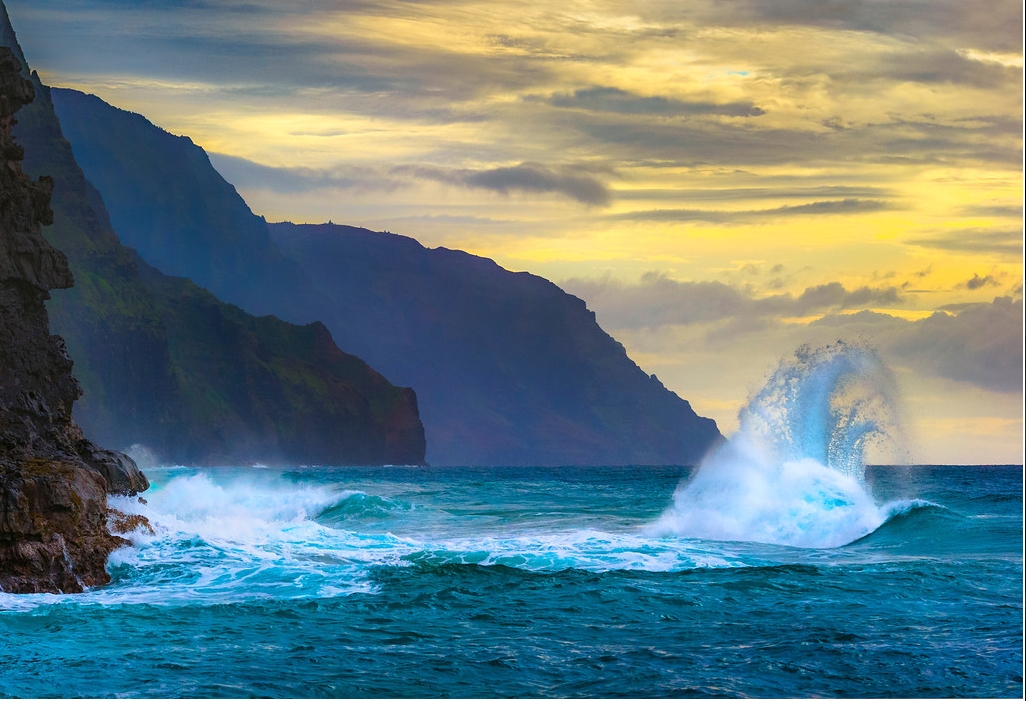Contact Sheet
Thursday, 22 October 2015
Water Droplets On Glass
Water is one of the main things needed to sustain life on the planet, however sometimes water can be one of our most hated enemies especially when dreary rainy weather appears and causes limitations to everyday life. In this short experiment I wanted to capture the essence of rain through water droplet photography. As rain hits a window of a house or car, the water sticks to the glass in hundreds of small water droplets, this was the focus of my experiment. With the macro mode set on my camera and a thunder storm at hand, I took a few photography out of the window at the water that had been left behind by the storm. I feel as though this would be a great experiment and I will continue to experiment with this.
Thursday, 15 October 2015
Jason Bradley Water Wildlife Emuation
As an emulation of Jason Bradley's Water Wildlife photography I needed to take photos of water dwelling creatures in a similar manner to Bradley's work. I was not going to be able to take images of underwater creatures in their natural habitat, I took a trip to Chester Zoo to their aquarium center to take some photographs of fish and other marine life in big aquarium tanks. the conditions of shooting were rather difficult as the center was rather dark inside therefore I needed a slow shutter speed and higher ISO to take the photos at the perfect exposure. This also meant capturing images of fast moving fish was difficult and I suffered with trouble from motion blur. However I was able to get some Images that were crystal clear. Here is what I managed to capture.













Contact Sheet:













Contact Sheet:
John Harrison Watery Landscapes Emulation
As a second emulation for water photography, John Harrison's watery landscapes are a perfect way to express the movement of water and how it can shape landscapes into what we know an love today. In my personal photos I went to a beach in Spain and took many photos of the waves and landscape using the same methods as Harrison does in his photo's. I mostly used a deep focus range for the photos in order to capture movement in the waves, but in some of john Harrison's work a slower shutter speed is used in order to capture motion blur in the water by having the shutter open for longer. I attempted to use a slow shutter to capture wave motion blur, but working in the middle of the day with bright sunlight resulted in all of the images being rather over exposed. In Harrison's photos it is noticeable that the time of day he shoots at is around the evening when the sun is setting (Golden Hour), at this time the light is much dimmer which means at a longer shutter speed the image wont be over exposed but within the range of a perfect exposure. I will have another attempt at slower shutter speeds in lower light conditions and in a different location (rivers, streams etc.) for more variety of subject.
Contact Sheet
Contact Sheet
Wednesday, 14 October 2015
Steve Wall Water Droplet Emulation
Steve Wall's water droplet photography will be my starting point when it comes to emulating methods and styles of professional photography. I will need to use the macro setting on my camera for this experiment in order to achieve full focus of the subject, as taking photos at such a close range can be hard to keep clarity within the image. For the moment I will be using my DSLR and two lenses, a 77 - 300 lens and a 18-55 kit lens, however if focusing the camera at such a close range doesn't work I may need to look at Macro Lenses that could help me with this experiment.
In my own Photography I had trouble focusing the subject at such a close range, therefore I could only take photos of the subject from a distance further than I would have liked. The photographs I took were too far away from the subject to even see anything within the water droplet, this means the lenses I used for the experiment were unfortunately not suited to this such a close range of macro photography. Here are the photos I have taken
Contact Sheet:
In order for me to get a better result next time I should look into using a Macro lens or maybe possible ways in witch I can Get better results with the lenses I have already used.
Tuesday, 6 October 2015
Artist Study - Jason Bradley (Marine Photography)
Jason Bradley is a self-taught photographer from California who specializes in nature and underwater photography and has produced work seen in National Geographic. His underwater photography is primarily focused on fish and marine wildlife and works towards capturing ecosystems within our waters. To capture a still image of a fish can be rather difficult to achieve, therefore the right shutter speed and exposure would be needed. I will certainly attempt to take some photographs of marine and water dwelling creatures as an experiment.

Monday, 5 October 2015
Artist Study - John Harrison (landscape Photography)
John Harrison is an american photographer whose work with landscape photography has taken him to many different areas of the field including work with water. On his photography website there is a whole section that he has dedicated to waterfalls, streams, oceans an creeks. These watery landscapes are both beautiful and striking, with many using different shutter speeds to capture the flowing of the water. I will definitely look towards landscape for an experiment with water and even methods such as slow/fast shutter speeds.
Subscribe to:
Comments (Atom)





